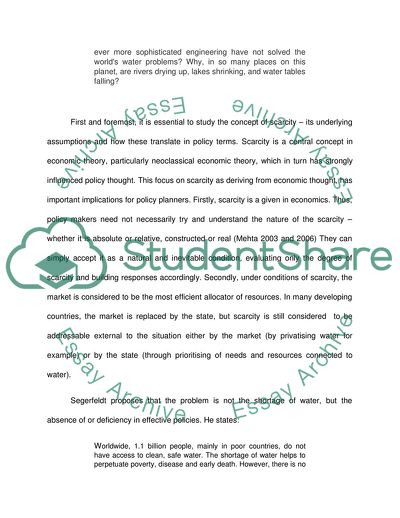Cite this document
(English - Environmental issues Case Study Example | Topics and Well Written Essays - 1750 words, n.d.)
English - Environmental issues Case Study Example | Topics and Well Written Essays - 1750 words. https://studentshare.org/environmental-studies/1768189-english-environmental-issues
English - Environmental issues Case Study Example | Topics and Well Written Essays - 1750 words. https://studentshare.org/environmental-studies/1768189-english-environmental-issues
(English - Environmental Issues Case Study Example | Topics and Well Written Essays - 1750 Words)
English - Environmental Issues Case Study Example | Topics and Well Written Essays - 1750 Words. https://studentshare.org/environmental-studies/1768189-english-environmental-issues.
English - Environmental Issues Case Study Example | Topics and Well Written Essays - 1750 Words. https://studentshare.org/environmental-studies/1768189-english-environmental-issues.
“English - Environmental Issues Case Study Example | Topics and Well Written Essays - 1750 Words”. https://studentshare.org/environmental-studies/1768189-english-environmental-issues.


